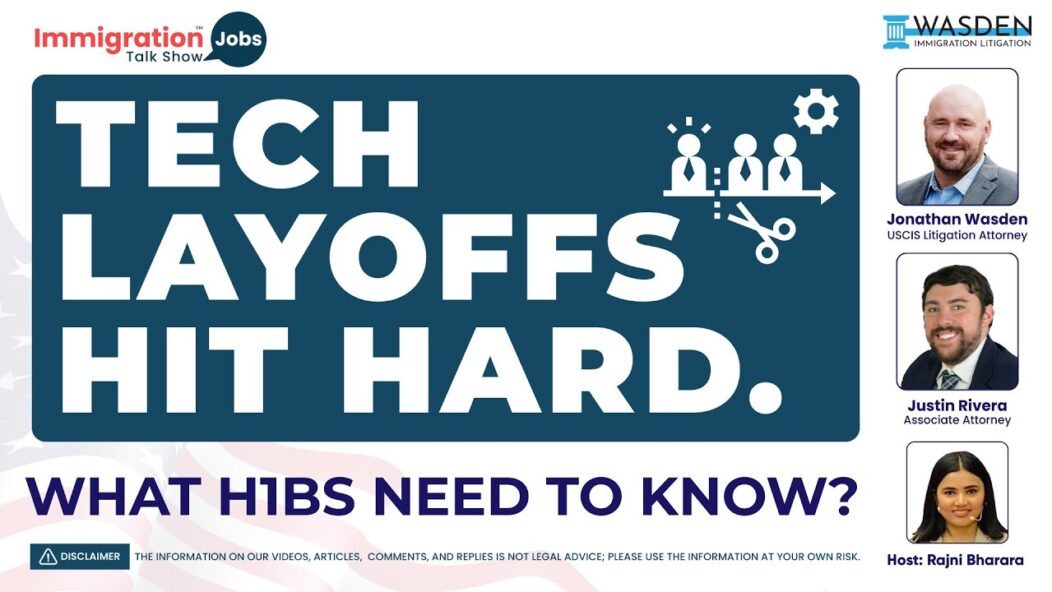The U.S. visa process is often long and challenging. For many applicants, receiving a 221g refusal can feel like a setback. However, a 221g refusal doesn’t mean your application is over—it simply indicates additional processing or documentation is required. Understanding what Section 221g entails and the significance of the white, pink, blue, and yellow slips can help you take the necessary steps to secure your visa.
Key Takeaways
- Section 221g is not a final rejection but a temporary refusal for further processing or additional documentation.
- The color-coded slips—white, pink, blue, and yellow—help clarify the reason for refusal and the next steps.
- Administrative processing, if required, typically takes up to 60 days but may vary.
- Legal support from an immigration attorney can make the process smoother and improve your chances of approval.
Context
The Immigration and Nationality Act (INA) introduced Section 221g to ensure thorough vetting of visa applications. Over time, this provision became a common reason for visa refusal, primarily due to incomplete documentation or the need for administrative processing. As U.S. immigration policies tightened, the use of 221g increased, adding another layer of scrutiny to the already complex visa process.
What is Section 221g?
A 221g refusal occurs during the visa interview when the consular officer determines that the application lacks sufficient information or requires further review. It could be due to missing documents, discrepancies in the application, or additional background checks.
The refusal is temporary, meaning the application remains open while the applicant fulfills the requirements specified by the consular officer.
Section 221g is a temporary refusal issued when a visa application requires additional evidence or administrative processing.
Decoding the Color Slips
White Slip
- Indicates complex cases requiring further review by the U.S. Citizenship and Immigration Services (USCIS).
- Typically issued when documents are incomplete or unsatisfactory.
- Processing times may vary significantly, depending on the case complexity.
Pink Slip
- Issued for cases with suspicious or unclear information.
- Applicants often need to undergo administrative processing for detailed verification.
- Common reasons include ambiguity in job qualifications, visit purposes, or work conditions.
Blue Slip
- Indicates the consulate requires additional supporting documentation to finalize the decision.
- Unlike the white slip, it doesn’t fall under complex categories and is usually resolved quickly if the applicant provides the requested documents.
Yellow Slip
- Denotes the consulate needs more time to review the application and submitted documents.
- This delay is often due to ongoing validation processes or inter-agency communication.
- Applicants must wait for the consulate to complete its review before proceeding.
Each slip color under Section 221g represents a specific issue and provides guidance on the next steps.
The Role of Administrative Processing
Administrative processing typically occurs when additional background checks or inter-agency reviews are required. Applicants can track their case status online using the reference ID provided on the slip. Although the process usually concludes within 60 days, complex cases may take longer.
Administrative processing is a critical step that ensures thorough vetting of visa applications under Section 221g.
What to Do After Receiving a 221g Slip
- Acknowledge the Slip Color: Understand what the slip indicates and the necessary actions.
- Gather Required Documentation: Collect and submit all requested documents through the specified channels.
- Track Your Case: Use the reference ID to monitor your application status online.
- Be Patient: Processing times vary, but most cases resolve within 60 days.
Applicants must follow specific steps after receiving a 221g slip to resolve the issues outlined.
Legal Aid and the Role of an Immigration Attorney
Legal aid can make a significant difference in addressing the reasons behind a 221g refusal. Attorneys help:
- Review and prepare required documentation.
- Identify errors or gaps in the application.
- Communicate effectively with consulates or USCIS. Seeking legal guidance early in the visa process reduces the risk of delays or refusals.
Immigration attorneys provide crucial support to visa applicants facing 221g refusals.
Conclusion
Receiving a 221g refusal doesn’t mean the end of your visa journey. It is a temporary step in the process, often resolved by providing additional documentation or undergoing administrative processing. Understanding the color-coded slips and their implications can help you take swift action. For complex cases, seeking legal assistance is highly recommended to ensure a smoother experience.
If you’re facing the visa process and need professional support, reach out to an experienced immigration attorney. They can guide you through the challenges of Section 221g and improve your chances of success.
Frequently Asked Questions (FAQs)
What does Section 221g mean?
Section 221g is a temporary refusal issued when a visa application requires additional documentation or administrative processing.
How long does administrative processing take?
Administrative processing typically takes up to 60 days, but complex cases may take longer.
What should I do after receiving a 221g slip?
Review the slip’s color and instructions, gather the required documents, and submit them to the consulate. Track your case status online.
Can I appeal a 221g refusal?
No, you cannot appeal a 221g refusal. However, you can provide the requested documents or pursue alternative visa options.
How can an immigration attorney help with a 221g case?
Attorneys can identify gaps in your application, help you prepare required documents, and communicate effectively with consulates or USCIS.
Does receiving a 221g slip reduce my chances of visa approval?
No, a 221g slip is not a rejection. It simply means additional steps are needed to complete the application process.
ATTORNEY ADVERTISING
Contact Us
For more information or to schedule a consultation, visit our website at Wasden Law, Our experienced litigation attorneys are ready to fight for your rights and ensure your immigration journey is as smooth as possible.
🔍 Have questions or need advice? Drop a comment below! Our team is here to help. 🗣️💬
✉️ Connect with us for personalized guidance and support. Let’s simplify your immigration journey together. 🌐📩
💡 Curious about your specific case? Ask us in the comments and get expert advice tailored to your needs. 🧑⚖️📝
Disclaimer
The information provided in this article is for general informational purposes only and does not constitute legal advice. While we strive to ensure the content is accurate and up-to-date, it is not a substitute for professional legal consultation. Immigration laws and regulations are subject to change, and their application can vary based on specific circumstances. We recommend scheduling a consultation with us to obtain advice tailored to your individual situation. The authors and publishers of this article are not responsible for any actions taken based on the information provided herein.
If you need Consultation, please visit our website https://wasden.law/
Authors: Jonathan Wasden & Justin Rivera, Immigration Attorneys
How useful was this post?
Click on a star to rate it!









